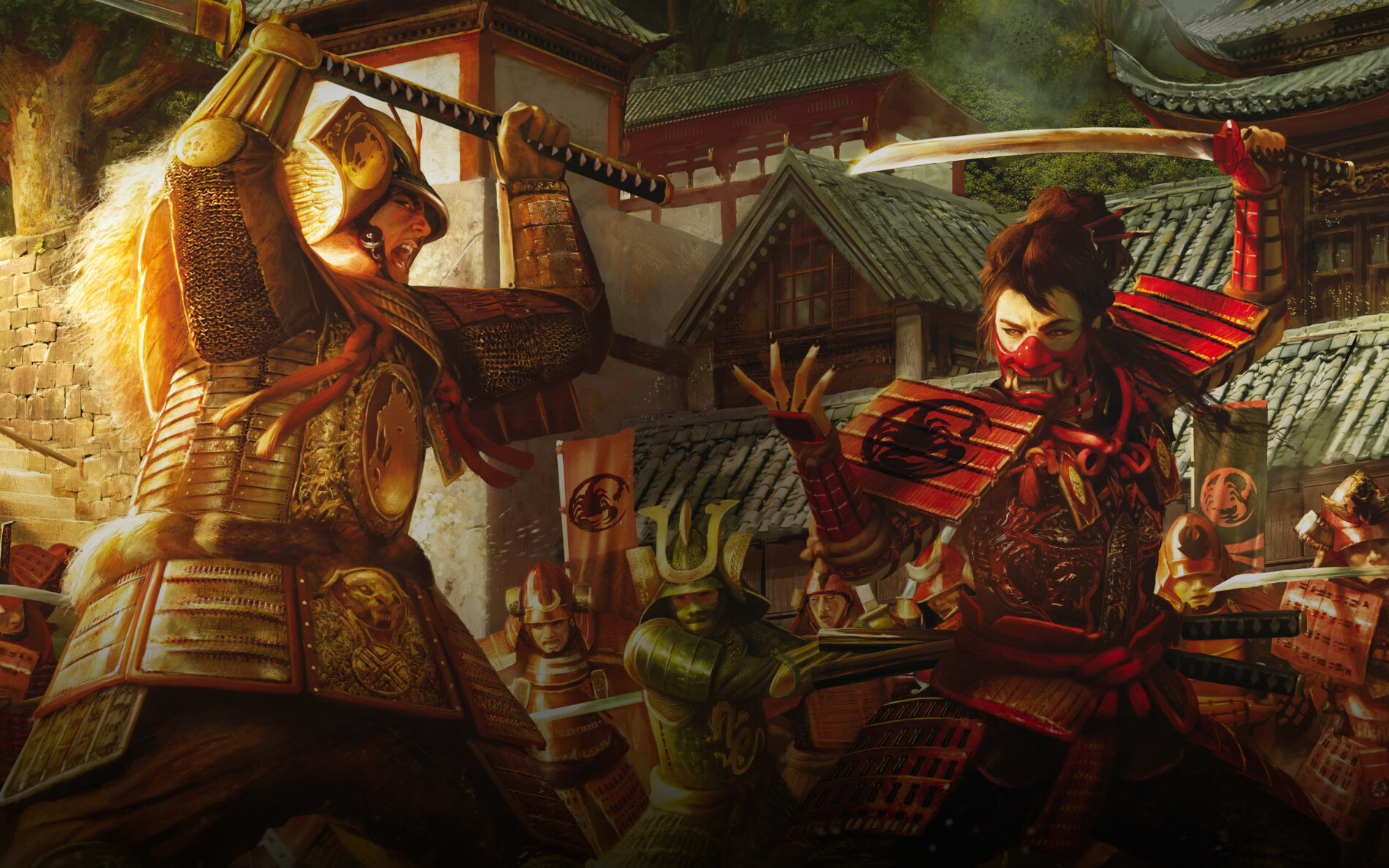The Leatherworker's Quarter
The large, sprawling eta district of Ryoko Owari is located outside the city walls south of the Fisherman’s Quarter, reached by the Wretched Gate from that district and by the Dragon Bridge from the Noble Quarter on the eastern riverbank. Any city on the scale of Ryoko Owari needs many eta, but even by such standards this district is quite large, one of the largest in the city and indeed in the Empire. (This is at least partly due to a shortage of arable land near the city’s western side, allowing the eta to spread into territory which might otherwise have been given over to farms.) An outsider might assume that this district, divided into “neighborhoods” with such colorful titles as the Little Shadowlands, the Dragon’s Shadow, and the Festering Pit, is one of the most unpleasant locations in Ryoko Owari. However, this would be at best only partially accurate. The region is indeed unpleasant by samurai standards, since it is saturated in the spiritual uncleanness of the eta. Moreover, their duties inevitably mean that the district has a moderate but pervasive odor of rot and waste. The southern portion of the district deals in the collection and disposal of human waste and trash, while the crematorium and leatherworking shops are found towards the north, nearer to the city proper. Still, the prevailing winds prevent the odors from being too strong, and aside from the inherent awfulness of the district’s purpose, there is little else to make it a truly unpleasant place. In fact, by eta standards this district is surprisingly neat, clean, tidy, and prosperous. The extra space compared to other cities means all the one-story homes are of decent size, made of serviceable timber, well maintained, and clean. Indeed, the city’s leatherworkers have long made a habit of staying fastidiously clean when not at their tasks, relying on both the flowing water of the river and internal wells to bathe regularly. Many homes have flower gardens and the streets are swept every day. Many of the eta families have dwelt here since the days of Shosuro Noburo, and their lovingly maintained houses are passed down from one generation to the next. Of course, while the eta of Ryoko Owari live better than almost any others in the Empire, they are careful not to flaunt their status or offend their betters. They are almost universally silent and deeply respectful around samurai, so when one of the warrior caste visits the district it acquires a hushed air. Still, the eta do take a certain quiet pride in their humble homes and in their skills (their leather workmanship is known throughout the Empire for its quality). So long as they keep their heads down and their hands busy with their work, they are tolerated and largely left alone, just as they prefer.
Remove these ads. Join the Worldbuilders Guild









Comments